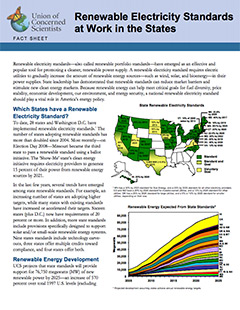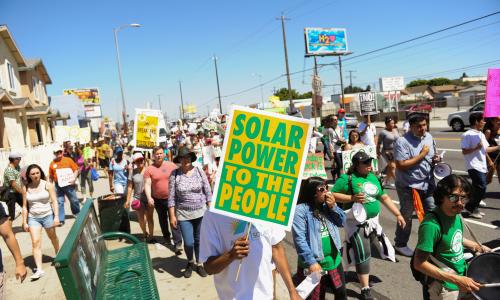Renewable electricity standards—also called renewable portfolio standards—have emerged as an effective and popular tool for promoting a cleaner, renewable power supply. A renewable electricity standard requires electric utilities to gradually increase the amount of renewable energy sources—such as wind, solar, and bioenergy—in their power supplies. State leadership has demonstrated that renewable standards can reduce market barriers and stimulate new clean energy markets. Because renewable energy can help meet critical goals for fuel diversity, price stability, economic development, our environment, and energy security, a national renewable electricity standard should play a vital role in America’s energy policy.




